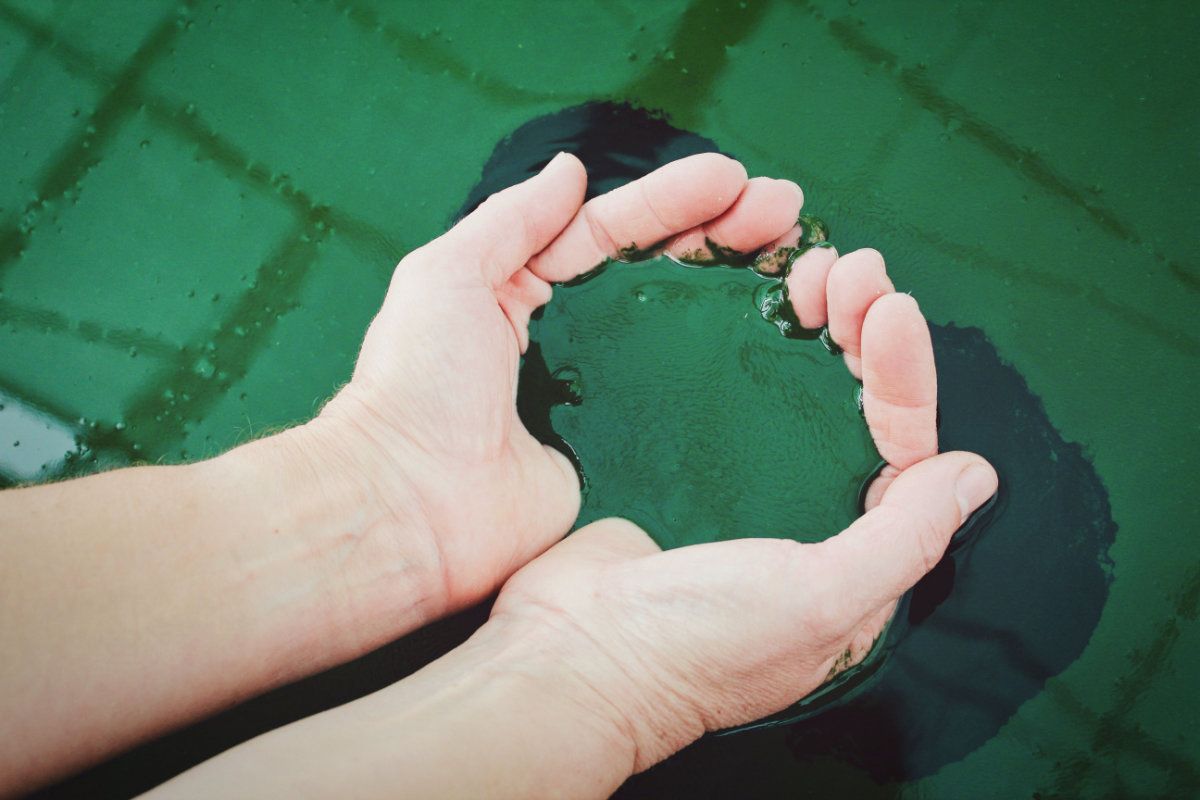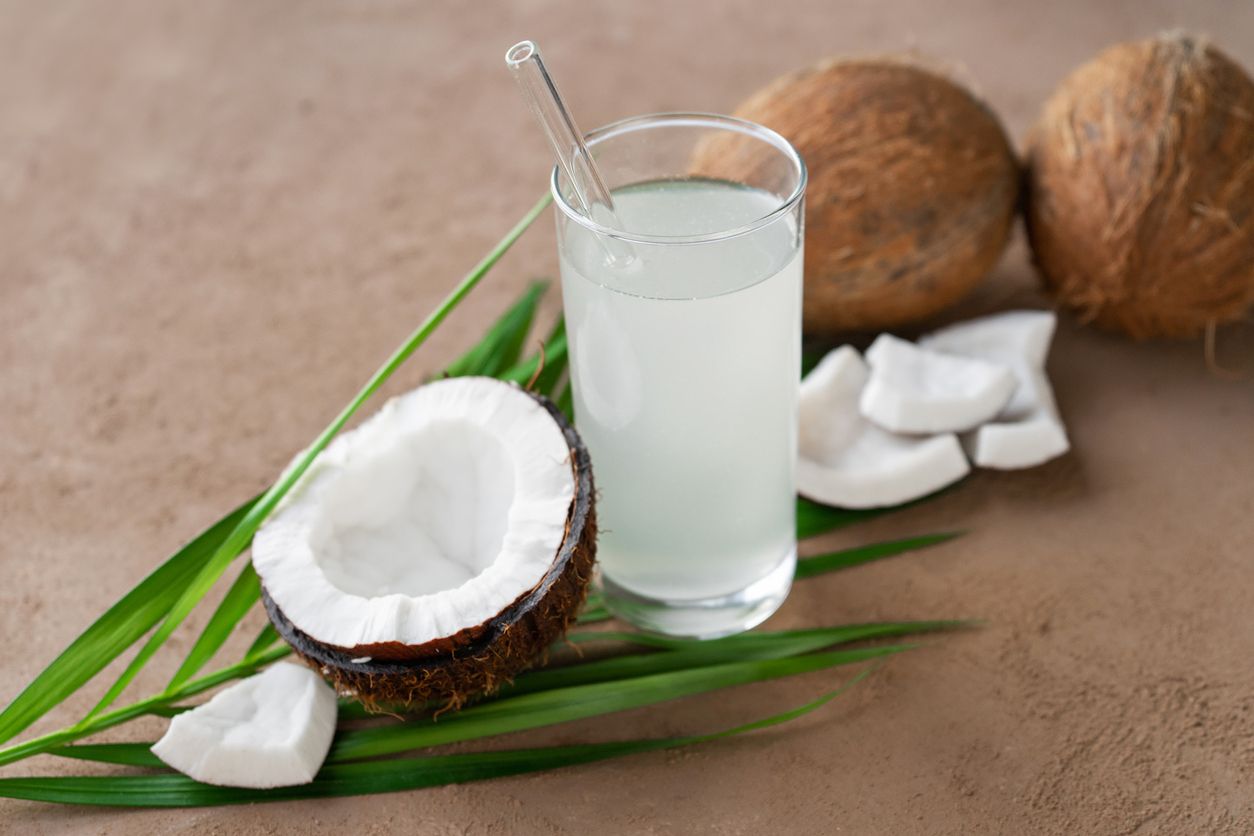¿La espirulina, las algas verdiazules y las cianobacterias son lo mismo?
El nombre "espirulina" proviene de la forma de espiral que se puede ver con un microscopio. La espirulina ha sido parte de la dieta de muchas culturas durante siglos.
spirulina
blue-green-algae
healthy ingredients
healthy living
StemVLife

Podemos decir que son lo mismo porque la espirulina es un tipo de algas verdiazules que también se conocen como cianobacterias. Prosperan en aguas dulces entre 85 y 112 grados Fahrenheit y en alcalinidad de 8 a 11 pH, lo que hace que la espirulina sea una fuente de alimento muy limpia ya que otros organismos no pueden sobrevivir en esas condiciones. El nombre "espirulina" proviene de la forma de espiral que se puede ver con un microscopio. La espirulina ha sido parte de la dieta de muchas culturas durante siglos.
La espirulina contiene muchos compuestos nutricionales como:
- Betacaroteno
- Alto contenido de proteínas
- Vitaminas del complejo B
- Vitamina E
- Zeaxantina
- Ácido gamma-linolénico, un ácido graso beneficioso rico en hierro biodisponible
- Minerales
- Calcio
- Potasio
- Magnesio
- Oligoelementos de manganeso, selenio y zinc
Los beneficios para la salud asociados con la espirulina incluyen:
- Pérdida de peso
- Prevención del cáncer
- Reducir el colesterol
- Propiedades antivirales
- Lucha contra la fatiga
- Estimular el sistema inmunológico
- Mejora del rendimiento deportivo mediante la promoción de la recuperación.
- Incremento de las células asesinas naturales
- Efectos desintoxicantes al aumentar la secreción urinaria de arsénico en personas con exposición crónica
- Aumento de los niveles de hemoglobina
Sabías?
StemVLife contiene espirulina, como parte de una poderosa fórmula de nutrición de células madre.







